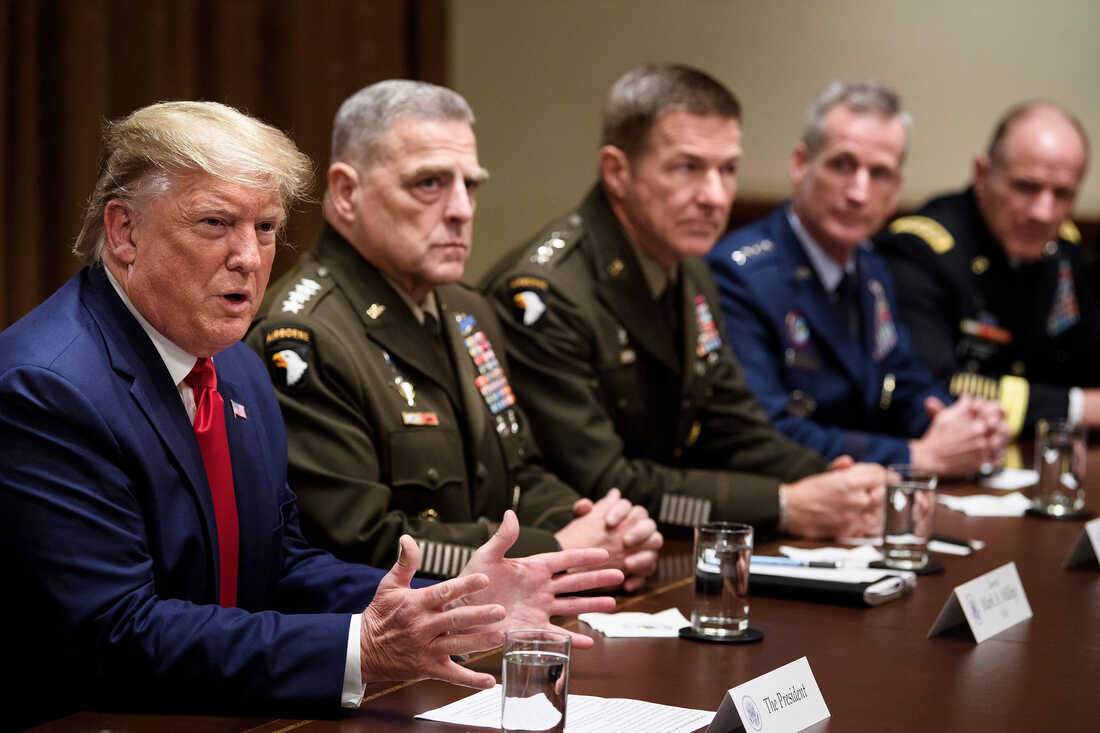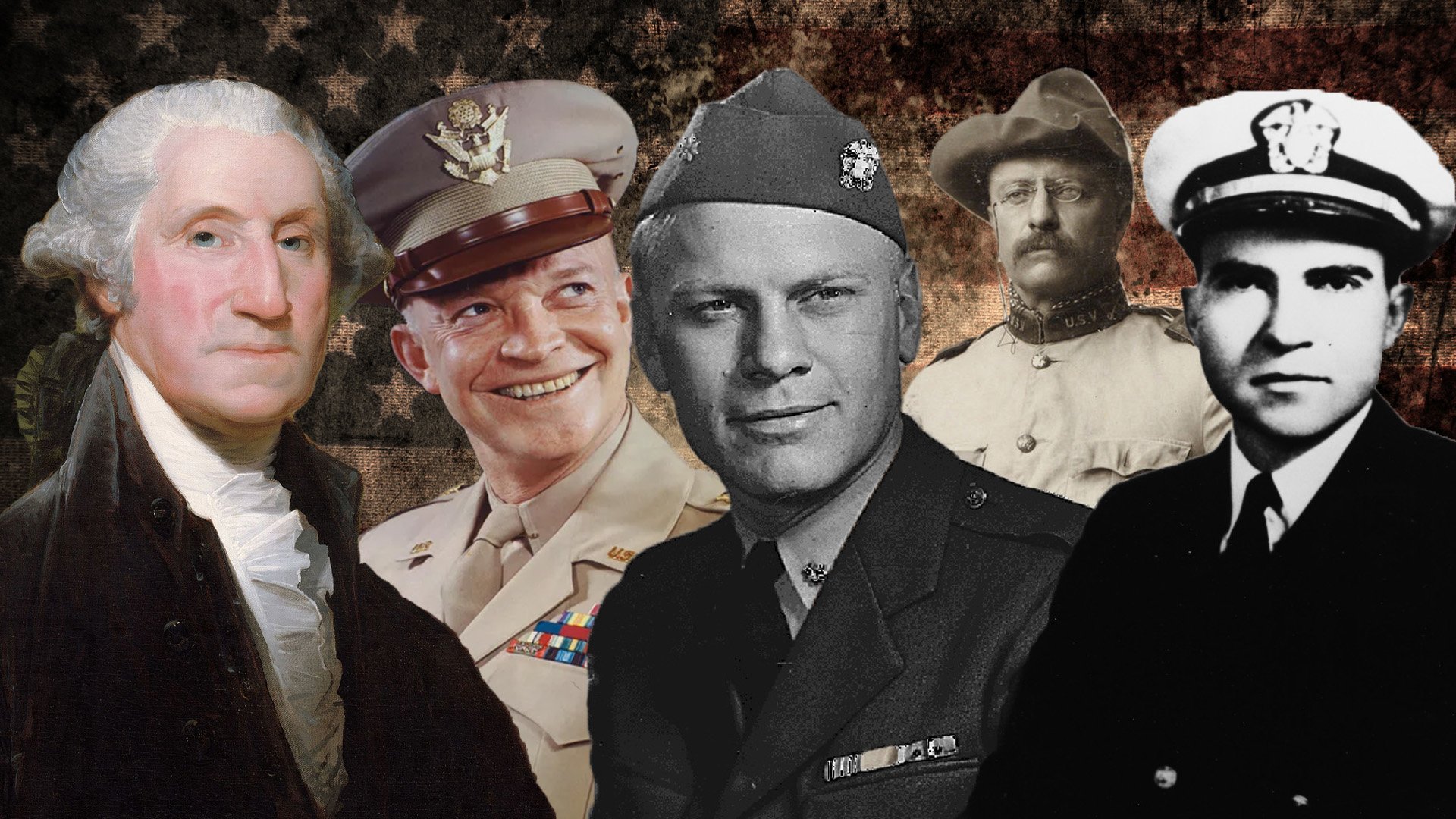

Unveiling The Presidential Enigma: How Many Presidents Did Not Serve In Military?
The United States has a rich tapestry of history, woven with the lives and legacies of its presidents. A significant thread in this fabric is military service, which has shaped the character and vision of many leaders. However, an intriguing question arises: how many presidents did not serve in military roles? Understanding this aspect of presidential history provides insight into the diverse backgrounds and experiences that have influenced the nation’s leadership. Throughout American history, the presidency has attracted individuals from various walks of life, some with military backgrounds and others without. This exploration into the military service of presidents reveals not only their personal choices but also the evolving expectations of leadership in America.
While military service has often been seen as a valuable experience for those who seek the highest office in the land, several presidents have risen to power without this background. This article delves into the reasons behind this phenomenon and examines the implications of their military choices on their presidencies. As we explore the question of how many presidents did not serve in military roles, we will also consider how their unique experiences shaped their leadership styles and the decisions they made while in office.
Join us as we unravel the complexities surrounding the military service of U.S. presidents. By examining the lives and careers of those who led the nation without military experience, we can gain a fuller understanding of what it means to be a leader in the United States.
How Many Presidents Did Not Serve in Military?
To answer the question directly, there have been a total of 15 U.S. presidents who did not serve in the military. This number includes presidents from various eras, and their lack of military experience reflects the diverse paths to leadership in the nation’s history. Below, we will explore the biographies of these presidents and the implications of their civilian backgrounds.
Who Are the Presidents Without Military Service?
The 15 presidents who did not serve in the military are:
- John Adams
- Thomas Jefferson
- Martin Van Buren
- Calvin Coolidge
- Herbert Hoover
- Franklin D. Roosevelt
- John F. Kennedy
- Lyndon B. Johnson
- Richard Nixon
- Jimmy Carter
- Bill Clinton
- George W. Bush
- Barack Obama
- Donald Trump
- Joe Biden
What Factors Contributed to Their Non-Service?
Several factors contributed to these presidents not serving in the military. Some were born during periods of peace, while others faced personal circumstances that precluded military involvement. Here are a few key reasons:
- Historical Context: Many presidents were in office during times of peace or relative stability, which reduced the likelihood of military engagement.
- Age: Some presidents were of age during conflicts but chose not to enlist due to personal or family reasons.
- Health Issues: Certain presidents had health problems that disqualified them from military service.
- Political Ambitions: A few presidents pursued political careers early on, focusing on law and governance rather than military service.
How Did Their Civilian Backgrounds Shape Their Leadership Styles?
The absence of military experience among these presidents has significantly influenced their leadership styles. The following points illustrate how their civilian backgrounds informed their approaches to governance:
- Diplomatic Approach: Many non-military presidents emphasized diplomacy and negotiation rather than military solutions.
- Social Programs: Civilian leaders often focused on social welfare initiatives, reflecting their understanding of domestic issues.
- Legislative Focus: Without military priorities, these presidents often concentrated on legislative accomplishments.
- Coalition Building: Non-military leaders frequently sought to build coalitions across political lines rather than relying on military authority.
What Challenges Did These Presidents Face?
Presidents lacking military experience often encountered unique challenges as they navigated both domestic and international crises. Here are a few notable instances:
- The Great Depression: Franklin D. Roosevelt, who had no military background, faced the economic crisis with innovative social programs.
- The Vietnam War: Lyndon B. Johnson's presidency was marked by a controversial military engagement, which raised questions about his leadership style.
- National Security Concerns: Non-military presidents often had to rely on military advisors and experts to inform their decisions.
Which Non-Military Presidents Made Significant Impacts?
Among the presidents who did not serve in the military, several made lasting impacts on American society. Here are a few notable examples:
- Franklin D. Roosevelt: His New Deal programs transformed the American economy and society.
- Bill Clinton: His presidency is noted for economic prosperity and advancements in technology.
- Barack Obama: His leadership style and policies focused on inclusivity and social justice.
What Lessons Can We Learn from These Presidents?
The experiences of presidents without military service teach us valuable lessons about leadership. Here are some insights:
- Diversity of Experience: Effective leadership can come from a variety of backgrounds, not solely military experience.
- Emphasis on Collaboration: Strong leaders often prioritize collaboration and consensus-building over authoritative command.
- Adaptability: The ability to adapt to changing circumstances is crucial for any leader, regardless of background.
How Does This Relate to Current Leadership Trends?
As we reflect on how many presidents did not serve in military roles, it is essential to consider current leadership trends. In recent years, there has been a growing recognition of the importance of diverse experiences in leadership positions. Leaders today are increasingly drawn from various fields, including business, community organizing, and academia. This shift mirrors the journeys of many non-military presidents, emphasizing that effective leadership transcends traditional notions of authority.
Conclusion: What Does the Future Hold?
In conclusion, the exploration of how many presidents did not serve in military roles reveals a rich tapestry of leadership experiences. The 15 presidents who lacked military service have left indelible marks on American history, demonstrating that diverse backgrounds can lead to effective governance. As we move forward, the lessons learned from these leaders will continue to shape our understanding of leadership in an ever-evolving political landscape.
You Also Like
Exploring The Depths Of Sex Tamil: A Cultural PerspectiveUnveiling The Life And Journey Of Steve Hawk
Tom Selleck: A Look At The Iconic Star Through 2024 Photos
Unraveling The Mystery Behind King Von Atopsy
Unraveling The Mystery: The Gypsy Rose Blanchard Mother's Crime Scene



